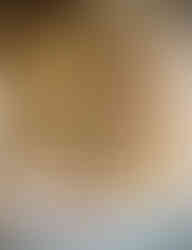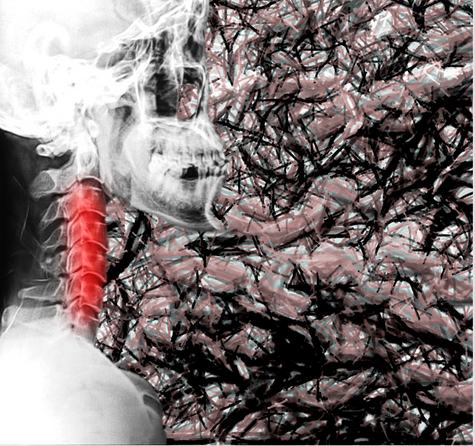Fragments: Collage as Compass
- vmramshur
- May 6
- 3 min read
Collage has always been a starting point for me. For decades, it has offered a way to tell small narratives, build mood boards, or work through moments of creative stagnation. I use collage in my courses—encouraging student designers to create their own visual explorations. And while I’m sometimes teased by alumni and students for my devotion to collage,—it’s far from a futile exercise. For me, collage is a tool for deep focus, imaginative play, and intuitive thought.
"Structured Dissonance":Triptych in Red, Black, and Blue, Paper and acrylic collage
The combinations of color, shape, and material are more than just aesthetic trials; they serve as invitations. During my sabbatical, I started each day with 15–30 minutes of small-scale assembly. This practice became a meditation for me, either as I contemplated the day ahead or while traveling each night, helping me to ground myself and reflect on the day I had experienced. Several hundred pieces have been and continue to be created. A scrap of texture. A torn photograph. A painted wash. A cut-out curve. This daily ritual wasn't about creating finished work, but about finding my bearings in the ever-changing landscape of thought, place, and memory.
"Corridors of Color" Paper collage
"Experiments in Being Bold"
I kept notebooks. Of all sizes - Never more than 5"x7". Each piece was just a few inches wide—often no larger than my palm—and made from whatever was at hand: old sketches, ticket stubs, dyed paper, fiber remnants, and the visual leftovers from my studio table, magazines and catalogues. Over time, these fragments became a kind of compass, pointing toward deeper preoccupations: with landscape, layering, and the ways memory takes shape in material form.
"Vertical Dissonance,"
These collages were never meant to stand alone. They were seeds—but also blossoms. Visual shorthand for what I couldn’t yet express in thread, cloth, or larger works. A coastal edge rendered in torn blue. A mosaic of street colors in overlapping blocks. A silhouette borrowed from a church doorway. Some days, they charted emotion. Other days, architecture. All were quiet maps of the in-between.
As the year unfolded, these tiny paper constructions began to inform everything else: the way I layered fabric, the palettes I chose, the textures I stitched into textile topographies. I began to see them not just as sketches, but as tools for translation—from 2D intuition to 3D form.
Elemental Studies for the Chasuble Project "Vestments for the Invisible"

"The Body Remembers Spring", collage, based on my photography. Made in the liminal weeks of early spring, this piece holds the tension between renewal and recovery. Fractured shapes and vibrant hues echo the body's quiet repairs and the season's restless bloom. A way to work while healing multiple surgeries.
They were never intended to exist independently. However, many do. New narratives have developed—abstractions, figuration, landscapes. This week's post showcases a selection of collage pieces from the year. You'll notice hints of future works: woven landscapes, stitched maps, garments of memory. They are, in many ways, the beginning of the pilgrimage.


Materials:
· Notebooks for daily practice.
· Various types of papers, oak tags, etc
· Watercolor, gouache, and ink washes
· Found images and studio scraps, textiles
· Adhesives, packing tape, thread, and sometimes stitching directly on paper
Closing Thought: We often think the journey begins with a bold step — but sometimes, it starts with a single torn edge and a willingness to arrange the pieces.
Next week: Mapping from Above — Aerial Views and Abstract Topographies
Val



























































Comments